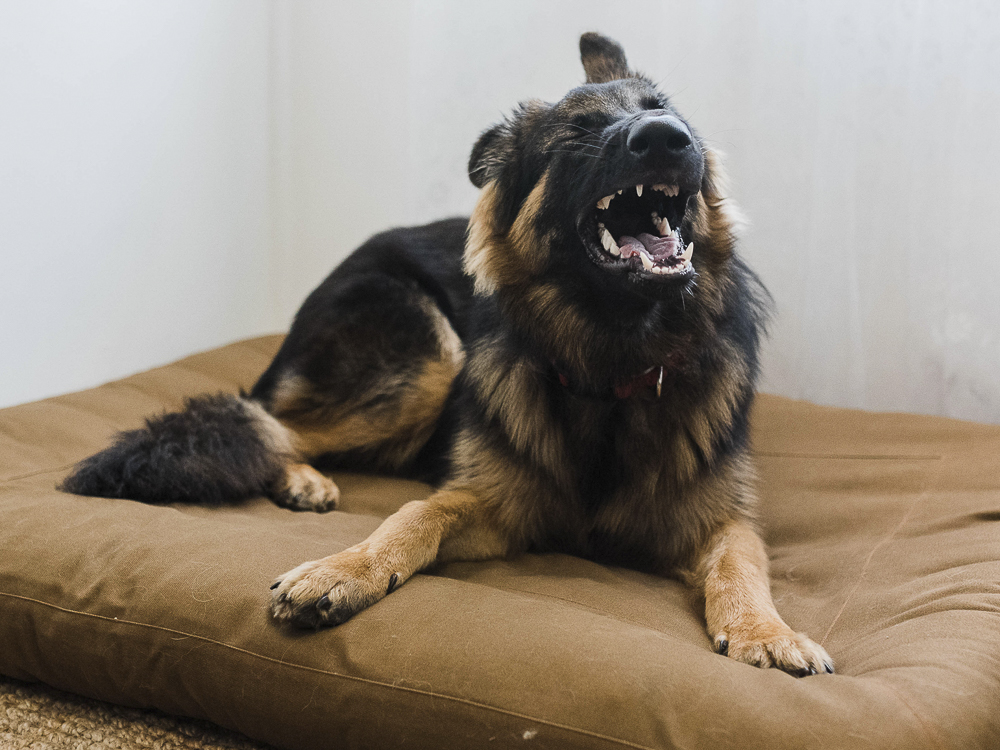
Why Does My Dog Make Weird Noises When Playing?
As a dog owner, you’ve probably witnessed your furry companion making a variety of sounds while playing. From playful growls to enthusiastic barks, these noises can add to the fun and excitement of playtime. However, some owners may find themselves wondering why their dogs make such strange noises during these moments.
In this article, we’ll explore the reasons behind your dog’s unusual vocalizations during play. We’ll discuss the evolutionary origins of these sounds, the different types of noises dogs make, and what they might mean. By understanding why your dog makes these noises, you can gain a deeper insight into their behavior and strengthen your bond with them.
Play Vocalizations
Dogs use a variety of vocalizations to communicate with one another and with their human companions. During play, they may produce sounds that are distinct from their usual vocal repertoire. These “play vocalizations” are often higher-pitched, more exaggerated, and more rapid than the sounds they make in other contexts.
Play vocalizations are thought to have evolved as a way for dogs to signal their intentions and reduce the risk of injury during play. By making these sounds, dogs can let their playmates know that they are engaged in a playful activity and not aggressive behavior. These vocalizations can also help to create a sense of excitement and bonding between dogs.
Types of Play Vocalizations
Dogs can make a wide range of play vocalizations, each with its own unique meaning and function. Some of the most common types of play vocalizations include:
- Growling: Play growls are typically low-pitched and rumbling, and they are often accompanied by playful body language, such as a wagging tail and open mouth. These growls are not aggressive; rather, they are a sign that your dog is having fun and inviting you to join in the play.
- Barks: Dogs may bark during play to express excitement or to get your attention. Play barks are typically shorter and higher-pitched than aggressive barks, and they are often accompanied by other playful behaviors, such as jumping and running.
- Whining: Some dogs whine when they are playing, especially if they are puppies or if they are feeling particularly excited. Play whines are typically high-pitched and plaintive, and they can sound like the dog is crying. However, these whines are not a sign of distress; rather, they are a way for the dog to express its joy.
- Yapping: Yapping is a rapid, high-pitched vocalization that is often associated with excitement or frustration. Dogs may yap during play to express their excitement or to get your attention. However, yapping can also be a sign of stress or anxiety, so it is important to pay attention to your dog’s body language to determine the context of the yapping.
Understanding Your Dog’s Play Vocalizations
By understanding the different types of play vocalizations that dogs make, you can better interpret your dog’s behavior and respond appropriately. Here are a few tips for understanding your dog’s play vocalizations:
1. Pay attention to your dog’s body language. Body language is a key component of dog communication, and it can help you to determine the context of your dog’s vocalizations. If your dog is making play vocalizations while its tail is wagging and its body is relaxed, it is likely that it is enjoying the play. However, if your dog’s body language is tense or aggressive, it may be signaling that it is not comfortable with the play.
2. Consider the context of the play. The context of the play can also help you to understand your dog’s vocalizations. If your dog is playing with a toy, it is likely that it is making play vocalizations to express its excitement. However, if your dog is playing with another dog, its vocalizations may be more aggressive in nature.
3. If you are unsure, err on the side of caution. If you are not sure whether your dog’s vocalizations are playful or aggressive, it is always best to err on the side of caution. Stop the play and observe your dog’s body language. If you are still unsure, you can consult with a veterinarian or a certified dog trainer.
Conclusion
Dogs make a variety of noises when playing, and these noises can be both entertaining and informative. By understanding why dogs make these noises, you can gain a deeper insight into their behavior and strengthen your bond with them.
Are you interested in learning more about dog behavior? Check out our other articles on dog training, nutrition, and health.

Image: animalia-life.club

Image: y94.com
Why Does My Dog Make Weird Noises? | Your Dog Advisor Dogs can bark for any number of reasons. Your dog might be making weird noises when he barks because he’s trying to alert you a potential threat, or because he’s afraid, bored, or wants something. Dogs will also bark when they want to tell you that they’d like you to play with them. Any time that a dog barks, you can bet that something